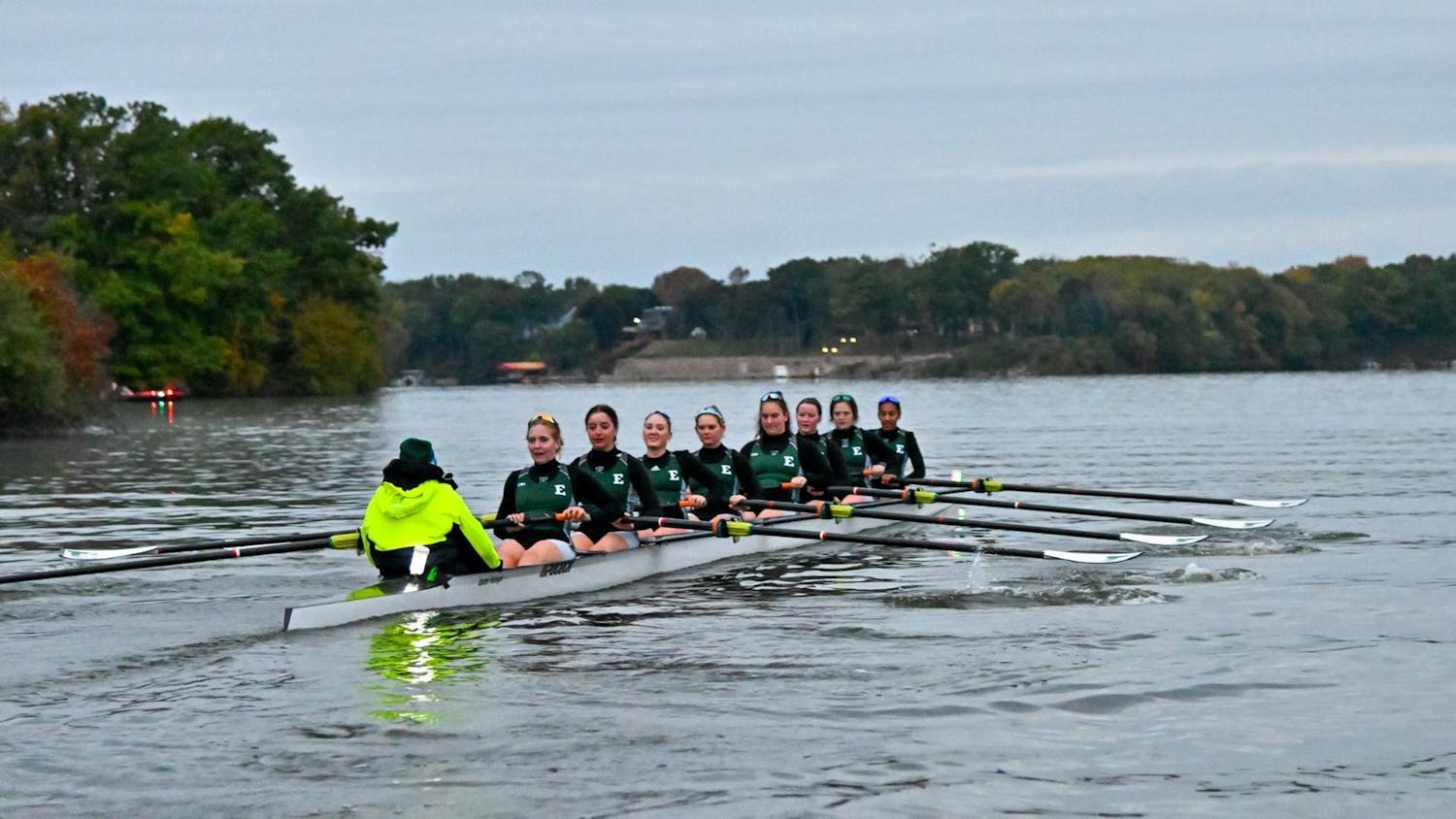The way we elect our president is through the Electoral College system. While we do have a popular vote, it is the Electoral College that officially selects who our next president will be. Electors typically cast their vote for the candidate who wins the popular vote in their respective state. The candidate who receives an absolute majority of electoral votes, currently 270, wins the presidency.
This system has many flaws within it. First, the Electoral College allows for the possibility that the winner of the national popular vote does not actually win the presidency. Most recently this occurred in the 2000 election between George W. Bush and Al Gore. Gore was able to secure 48.4 percent of the popular vote, compared to 47.9 percent for Bush, but because of the distribution of Electoral College votes and a controversial recount in Florida, Bush was able to win enough electoral votes to win the presidency.
The Electoral College makes certain states more influential in determining who wins the presidency. “Swing states” like Ohio and Florida become the focus of the campaigns. A number of states are also considered guaranteed wins for certain candidates. Republicans will almost always win in Texas, and thus neither candidate will really campaign there. The same goes for California and New York for the Democrats.
Elections end up being decided by one or two small states rather than by the collective popular vote. It’s entirely possible to win the presidency by only campaigning and winning in 11 states.
Worst of all, the federal nature of the Electoral College system can mask cases of voter disenfranchisement. Because a state’s electoral votes are determined by population, the state can obscure institutional cases of disenfranchisement and voter suppression. Disenfranchisement, caused by things like voter ID laws, literacy tests and poll taxes, has no effect on the overall number of electoral votes a state has. Since voter turnout has no effect on electoral vote counts, states and the campaigns have very little incentive to encourage voter turnout.
The Electoral College system also gives no electors to U.S. territories. Guam and Puerto Rico, despite being parts of the United States, have no power to help elect our president.
Lani Guinier, who was attacked by conservative news media over her academic work when she was nominated to be Assistant Attorney General in 1993, has been an advocate for a European style election system where voters vote for a certain political party, and government positions are given according to the percentage of the vote the parties won.
This system, which is used in countries like Germany who ironically implemented the system at the insistence of the U.S. after World War II, would make it so that all votes contribute to the results of the election rather than a plurality or absolute majority.
Our system for electing one of the most politically powerful positions in the world is very flawed. It has the potential to suppress voter turnout and obscure cases of disenfranchisement. It places excessive influence on a small number of states, and can render the popular vote entirely inconsequential. If we seriously want to fix our electoral process and campaigns, we need to take a serious look at what’s wrong with the Electoral College. It forms the foundation for how campaigns are run and won, and until it is fixed or changed our electoral system will always be flawed.







